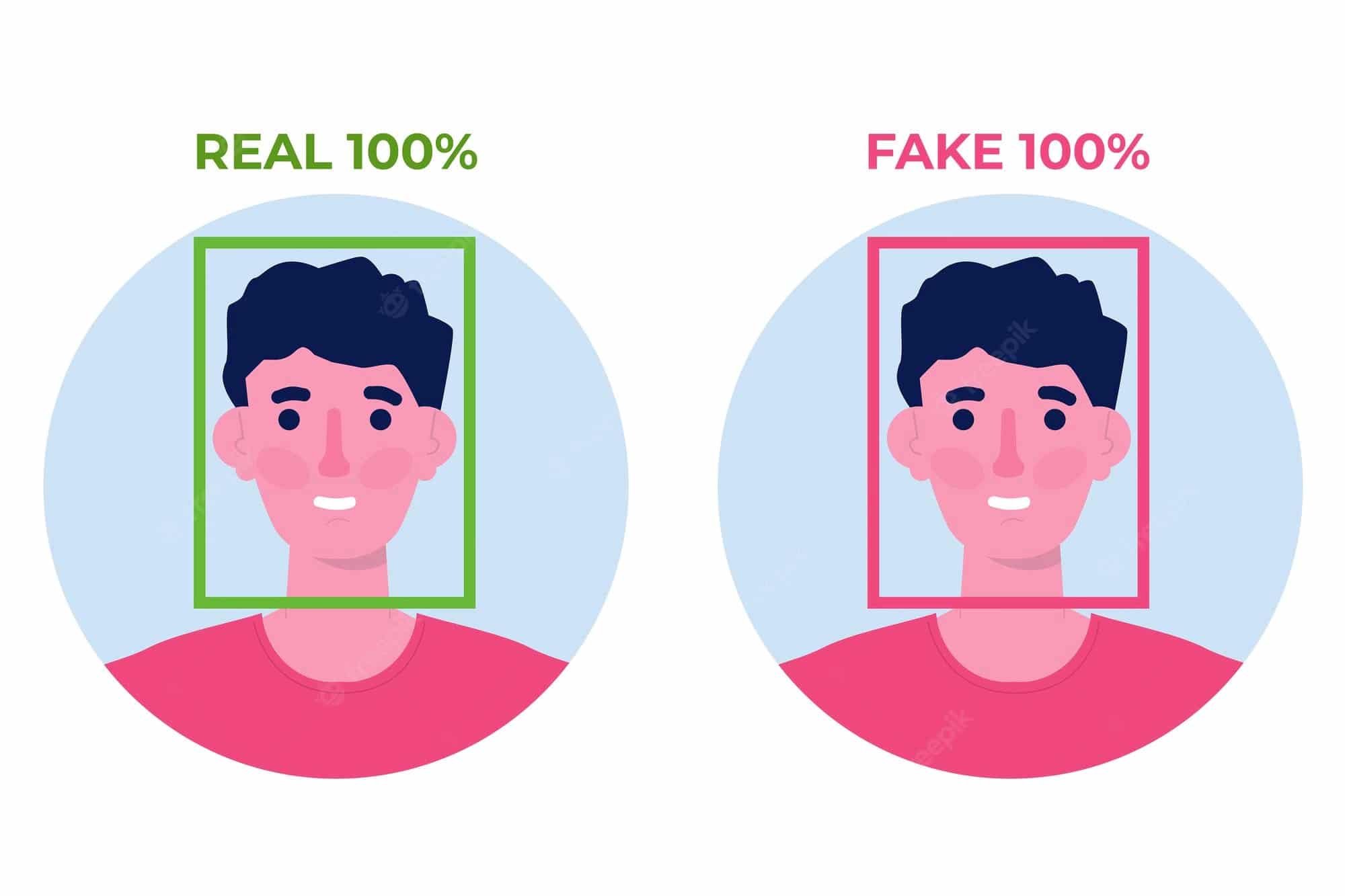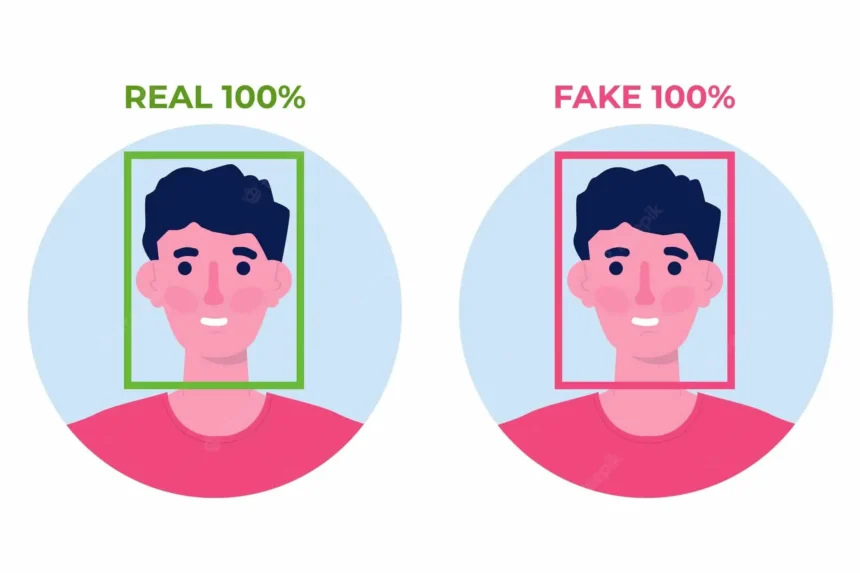
Introduction: How to make a deepfake.
Everybody can make DeepFakes without writing a single line of code. Deepfakes use a neural network trained to reconstruct a video from a source frame and a latent representation of motion learned during training. This model takes as input a new source image (e.g. a sequence of frames) and a driving video and predicts how the object in the source image moves in accordance with the motion displayed by the driving video.
Introduction: How to make a deepfake. Methodology and ApproachThe Best DeepFake Software – How To Make A Deepfake?Exploring Deepfake Software & AppsAre deepfakes legal?Deepfake Apps vs. Deepfake SoftwaresDeepFake SoftwaresFirst-Order-ModelWav2Lip ModelDeepFaceLabZaoFaceswapDeep Art EffectsREFACEMorphinJiggyState of Detection Technology: A Game of Cat and MouseShould We Be Concerned About Deepfakes?Share this:
In an animation, the model tracks everything that is interesting: head movements, speech, eye tracking, and even body movements.



